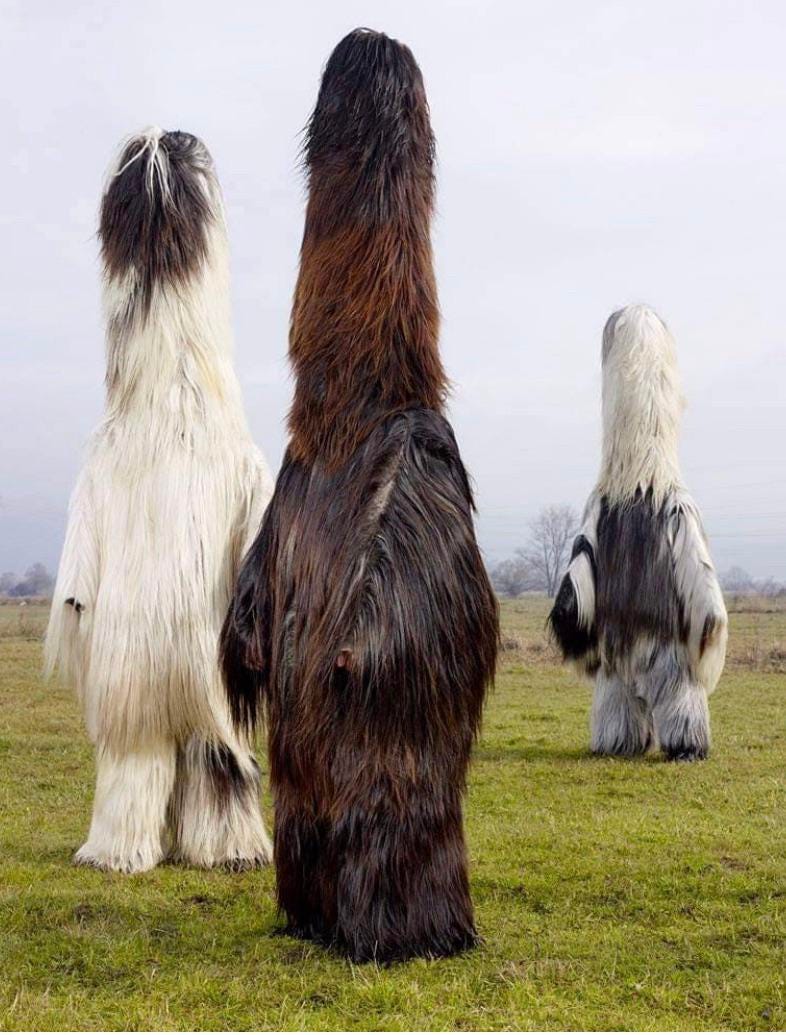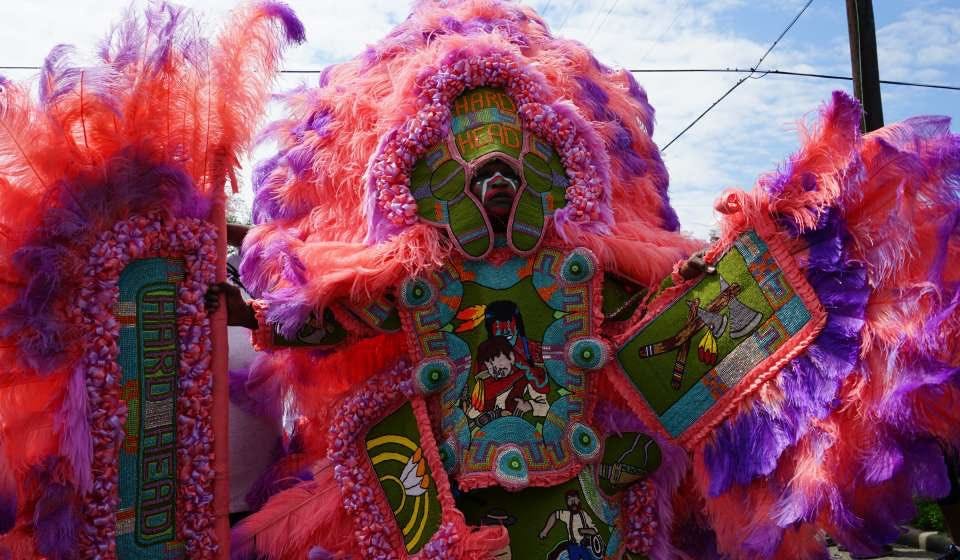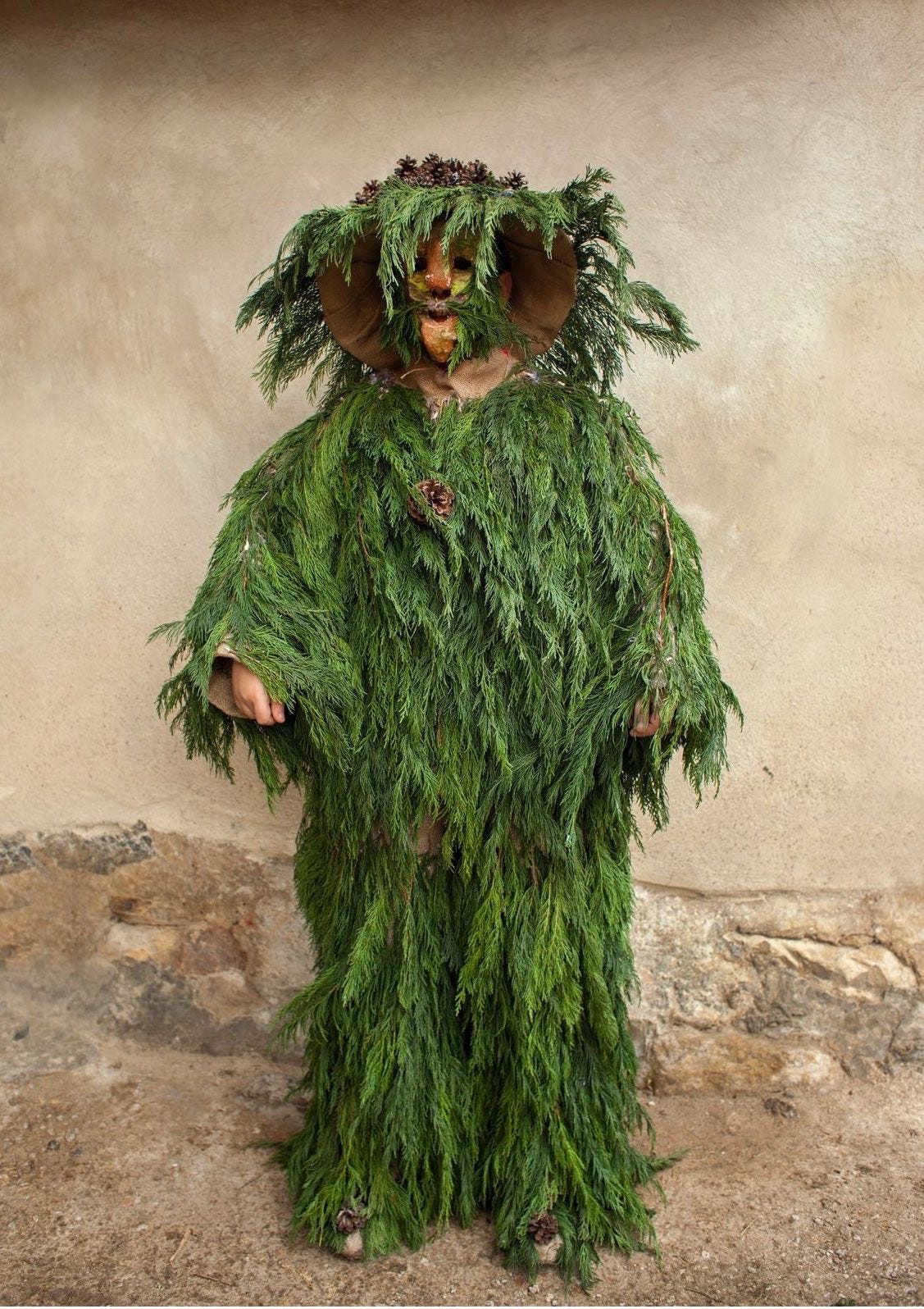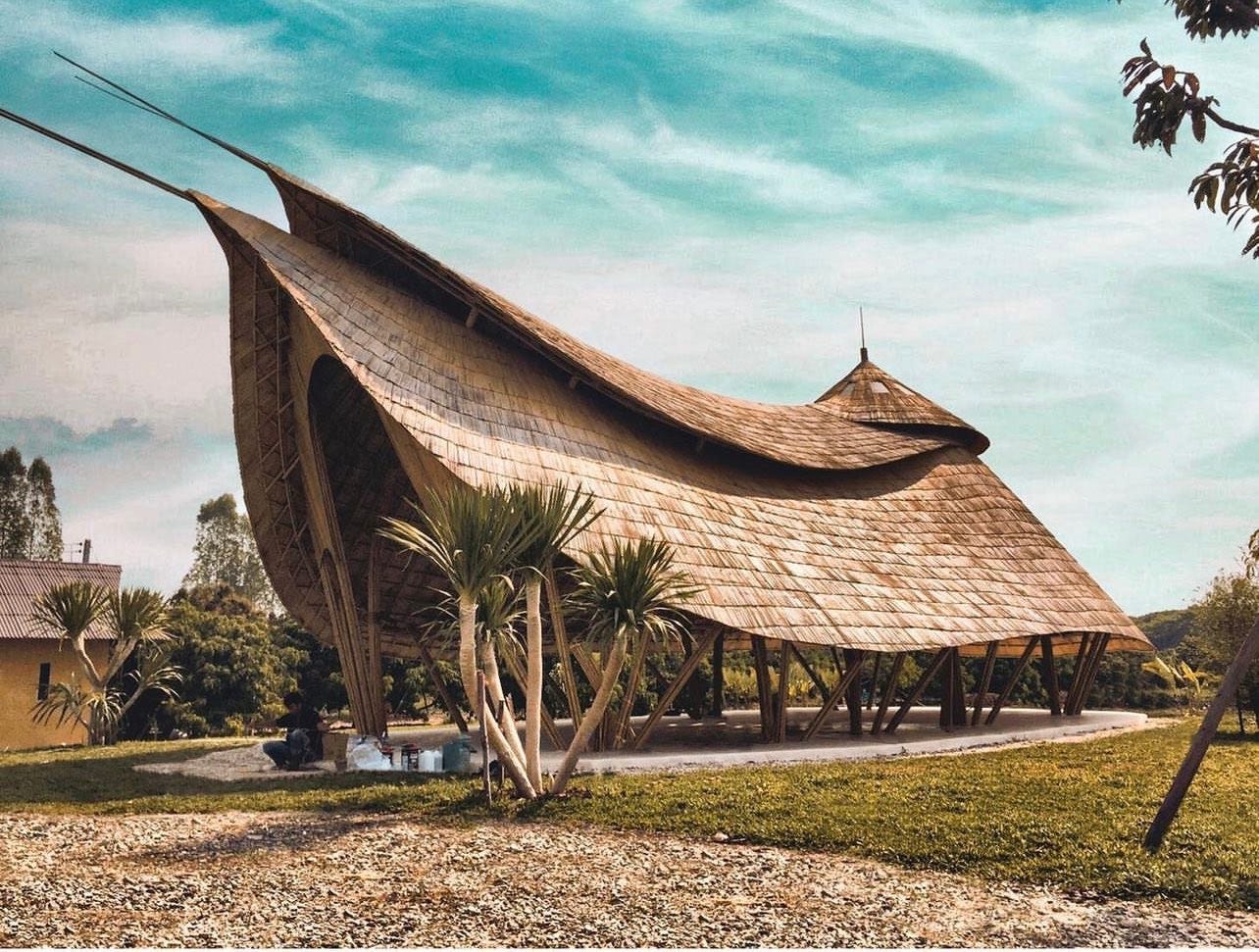One of the key arguments for degrowth is that it would offer us an abundance of time for creative pursuits. The time and labor we currently spend producing an endless stream of garbage would be freed up to spend in other ways, and the production of art is among the most obvious.
Art is transhistorical and transcultural: for as long as humanity has existed, we have found meaning and joy in its production. Were we to be liberated from the shackles of petro-capitalism and its productivist whip, we would inevitably dedicate some of our hard-won free time to making more art. And were we to do so in a world that finally steps away from its suicidal addiction to fossil fuels, the art we would make would necessarily look quite different than it does today.
So what might the art of the future look like? Here I propose some directions rich with possibility. These directions assume that art—along with the rest of our material culture—will rely primarily on organic materials after the fossil fuel era. They also assume that the labor currently done by wage slaves and fossil fuels will instead be done by free people working collectively. And finally, they lean towards a more maximalist aesthetic, eschewing the machined, synthetic character of modern minimalism.
High fashion
Festival and ceremonial costume design can be the jumping off point for much new exploration in fashion. Special event garbs are a feature of all communal celebrations, new versions of which would emerge as our society shifts to post-industrial, democratic forms of production, especially in agriculture.
Instead of highlighting and reinforcing class hierarchy, the high fashion of the future should resemble existing democratic, ceremonial forms of fashion, like Mardi Gras Indians, Bulgarian kukeri dancers, and Mexican religious masquerades. Producing elaborate garments for these communal rituals is a collective act and an expression of shared values. Identities and values would necessarily shift along with the structures of our society, giving rise to new celebrations and ways of participating in them.
Creating elaborate costumes for such occasions would be a natural outlet for our bottled up creativity, while simultaneously reestablishing frayed communal ties and giving life to new ways of relating to the world we inhabit.
Architecture
The ubiquitous and dispiriting architectural style that I call "petro-capitalist modernism"—the smooth, cheap look that defines everything from new fast food drive-thrus to apartment buildings to concert halls—is entirely reliant on artificially cheap energy. And it prioritizes profits for the developers and lenders of these drably grotesque structures over everything else. The result is that simply existing in public means being constantly subjected to relentlessly bad and cheap art. It's extremely wearying, and there is no opting out.
Skilled human hands working with natural materials can change this for the better. Materials like bamboo, cob, roundwood, straw bales, lime plaster, stone, cork, rammed earth, cord wood, and adobe offer superior performance to synthetic materials and vastly better aesthetics. They have been around for millennia, proving their worth time and time again, but the artistic options for their use are far from exhausted.
Simply because a material is old doesn't mean that its aesthetic limits have been reached. In fact, the simplicity of their production and deployment makes them perfectly suited to a more democratic form of architecture, one that eschews celebrity architects flattering the vanity of dimwit rulers, and instead puts the means of architectural production in the hands of common people. This is the path to real artistic innovation.
Anyone can make cob. That means anyone can sculpt their own home. What prevents us from doing that at scale right now is not a lack of clay or straw or land, it is our alienation from our own subsistence. Degrowth eco-socialism would give everyone the time, tools, and knowledge to be the artists of their own lives.
Embroidery
Any society recovering from the long nightmare of petro-capitalism and its transgression of planetary boundaries will scavenge from its remains. This is an essential task if we are to go back across those boundaries into safe territory: the most sustainable solution to most problems lies in reusing what already exists.
The scale of textile waste by the contemporary fashion industry is mind-boggling, and consigning functional clothing to the dump while millions live in rags is cruel and absurd. Instead, the profligate waste of fast fashion should be reclaimed and remade. One way to do that while opening up room for new creative expression is embroidery.
But embroidery can go further. It has the capacity to innovate, provoke, and delight on other surfaces as well. Narrative storytelling on embroidered tapestries, patterns sewn into unlikely places, and the exploration of natural dyes all offer promising new directions.
For daily updates, you can follow me on Twitter, Instagram, Bluesky, and Mastodon.

















Love this! Very Solarpunk
This is so inspiring. It’s truly the dream. Thank you!